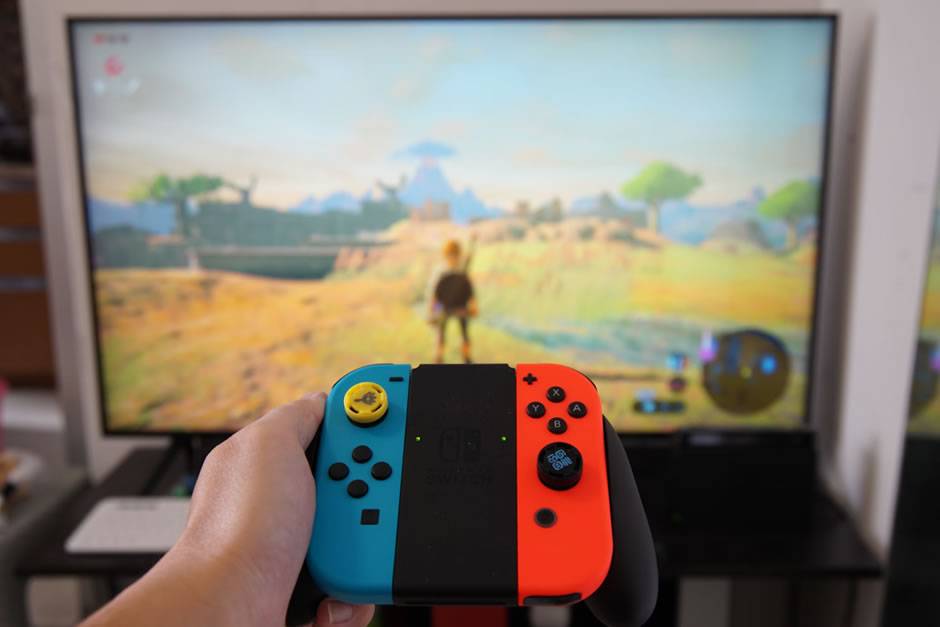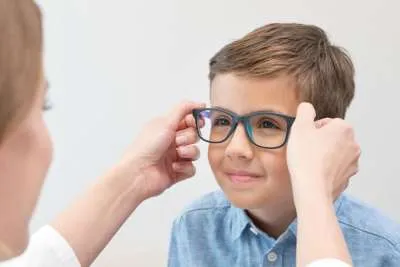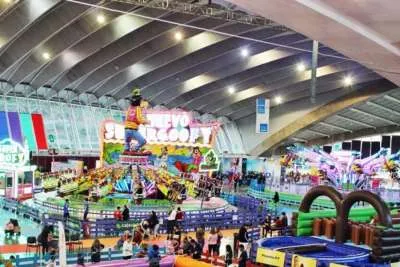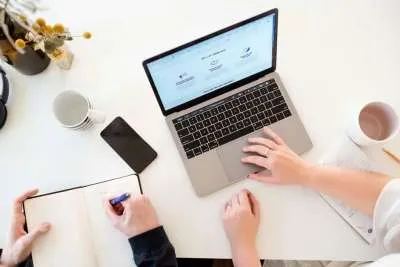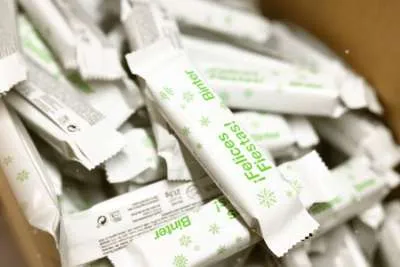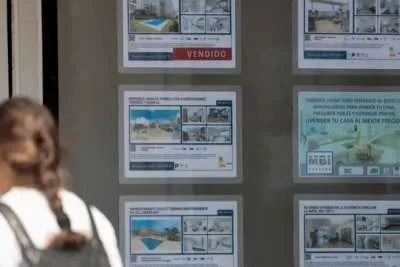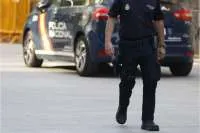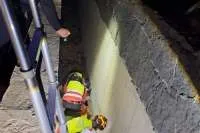How to Learn from Your Gameplay Mistakes: Turning Failures into Skill Development
- 06-05-2025
- Business
- collaborative post
Everyone makes mistakes in gaming. What separates the good players from the great ones is how they respond to those mistakes. Learning from your gameplay errors isn't just about improving your skills, it's about developing a mindset that turns failures into stepping stones for success.
When you lose a match or fail a mission, your first reaction might be frustration. But this is actually your best opportunity to grow. Instead of getting angry, take a moment to analyse what went wrong. Was it your positioning? Did you miss important cues? Understanding the cause of your mistake is the first step to fixing it.
The most effective gamers use their failures as data points. They review gameplay footage, take notes on their performance, and make specific plans to improve. This methodical approach turns what feels like a setback into valuable feedback that will make you better next time you play.
UNDERSTANDING THE IMPORTANCE OF REFLECTIVE LEARNING IN GAMING
Reflection transforms casual gaming into a powerful learning experience. When you take time to analyse your gameplay, you unlock patterns that lead to both mistakes and successes.
Deconstructing Gameplay to Identify Learning Moments
Every match you play contains dozens of learning opportunities. But most gamers miss them completely. They jump from game to game without stopping to understand what went wrong.
Start by recording your gameplay. This isn't just for streamers, it's your personal learning tool. After a session, watch key moments where things went sideways.
Ask yourself these questions:
- What decisions led to this outcome?
- What information did I miss?
- Would a different approach have worked better?
Programming games particularly excel at teaching reflection. Research shows these games are designed to make you think about your choices and learn from them.
The goal isn't to obsess over mistakes. It's to recognise patterns that you can improve next time.
Analysing Failure as a Stepping Stone for Improvement
Failure isn't the end, it's where real growth begins. Top gamers don't have magical skills. They've just failed more times than you've tried.
When you lose a match, resist the urge to blame external factors. Instead, focus on what you could control. Was your positioning off? Did you miss critical timing?
Create a simple mistake journal with three columns:
1. What happened - The mistake itself
2. Why it happened - The root cause
3. How to fix it - Your action plan
Studies show this reflection process helps gamers identify weaknesses and turn them into strengths. One study found that students who reflected on their gaming experiences gained deeper understanding of game design elements.
Remember: The players who improve fastest aren't those who play the most games. They're the ones who learn the most from each game they play.
ADOPTING EFFECTIVE STRATEGIES FOR GAME ANALYSIS
Analysing your gameplay requires structure and intentionality. Battlelog offers game enhancements that bring structure to your gameplay analysis, turning observations into powerful insights for skill improvement. The right approach transforms random observations into actionable insights that directly improve your skills.
Leveraging Feedback for Optimised Learning
Feedback is your most powerful tool for improvement. Don't just collect it, implement it systematically.
Look at your gameplay recordings with fresh eyes. What patterns emerge? Where do you consistently struggle? These patterns reveal your true weaknesses.
Sources of valuable feedback:
- Game replays and recordings
- Comments from more skilled players
- Performance metrics and stats
- Community forums and discussion boards
When someone points out a mistake, resist the urge to defend yourself. Instead, ask follow-up questions: "What would you have done differently?" This turns criticism into a learning opportunity.
Create a simple feedback journal. After each gaming session, write down three mistakes and their potential solutions. Review this journal weekly to track your progress.
The Role of Practice in Perfecting Gameplay
Practice without purpose is just motion without progress. Strategic practice accelerates your improvement dramatically.
Focus on deliberate practice—target specific skills you want to improve rather than mindlessly grinding hours. Spend 20 minutes mastering one mechanic instead of playing aimlessly for two hours.
Break complex skills into smaller components:
1. Identify the specific skill gap
2. Practice that element in isolation
3. Gradually reintegrate it into your full gameplay
Create practice routines that address your weaknesses. If your aim is poor, dedicate time to aim training. If your resource management fails under pressure, simulate those high-pressure scenarios.
Track your progress objectively. Use benchmarks and measurements to ensure you're actually improving, not just feeling more comfortable.
Trial and Error: Embracing the Iterative Process
Gaming mastery requires experimentation. Each failure contains the seeds of future success if you're paying attention.
Try new strategies regularly. The best players constantly test boundaries and discover optimisations others miss. Don't fear looking foolish, fear staying stagnant.
Document your experiments:
- Strategy attempted
- Expected outcome
- Actual result
- Lessons learned
When you fail spectacularly, celebrate! You've just discovered a valuable boundary. Now you know what doesn't work and can refine your approach accordingly.
Remember that even pro gamers still make mistakes. The difference is how quickly they identify, analyse, and correct those errors. Your goal isn't perfection—it's continuous improvement.
APPLYING THEORETICAL KNOWLEDGE TO PRACTICAL GAMEPLAY
Turning theory into action is where the real growth happens. The gap between knowing what to do and actually doing it in gameplay is where most players get stuck.
Setting Realistic Expectations for Improvement
You won't become a pro overnight. Set small, measurable goals that you can track daily or weekly.
If you're currently making 5 positioning mistakes per game, aim to reduce that to 3 next week. Tracking these improvements gives you concrete evidence of growth.
Perfection isn't the goal - consistent improvement is. Many players quit because they expect immediate results after learning new strategies.
Remember that even pros make mistakes. The difference is that they make fewer of them and recover more effectively. Your gameplay will improve in steps, not leaps.
Use a simple progress journal to document what you're working on and how you're improving.
Understanding the Consequences of Gameplay Decisions
Every action in a game has a reaction. Learning to predict these consequences separates average players from great ones.
Start analysing your gameplay by asking "what happened after I made that move?" rather than just "did I win or lose?"
Decision-Consequence Pattern:
- Good decision + Good execution = Positive outcome
- Good decision + Poor execution = Learning opportunity
- Poor decision + Good execution = False positive
- Poor decision + Poor execution = Clear mistake
Record your gameplay and watch it back at half speed. This helps you see decision points more clearly and understand what followed.
The most valuable skill isn't making perfect decisions - it's understanding why certain decisions lead to certain outcomes.
Case Study: Learning from Hearthstone
Hearthstone offers a perfect example of applying theory to practice. Many players understand card values but struggle with actual gameplay decisions.
Let's examine a common scenario: you know theoretically that card advantage matters, but in practice, you keep overextending into board clears.
The solution? After each loss to a board clear, ask yourself:
- What signals did I miss?
- How many resources could I have held back?
- What was the minimum commitment needed?
Pro Hearthstone player Zalae recommends the "stop and think" technique. Before each turn, pause for 5 seconds to consider at least two possible plays and their consequences.
This simple practice bridges the gap between knowing the correct play theoretically and making it automatically during actual gameplay.
Other articles that may interest you...
Trending
Most Read Articles

Featured Videos
A Vision of Elvis Tenerife Promo
- 10-05-2025
TEAs 2025 Highlights
- 17-11-2025


